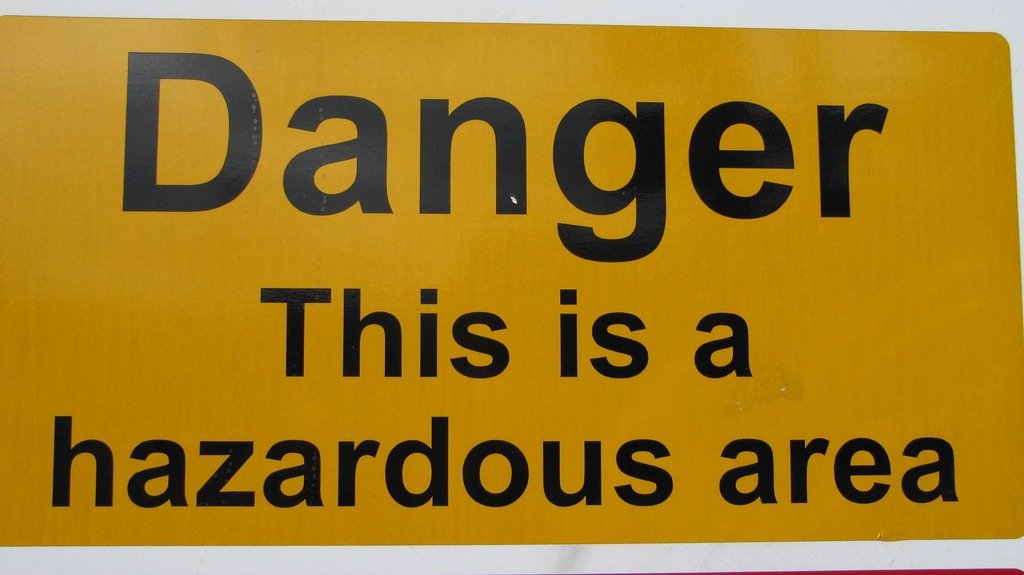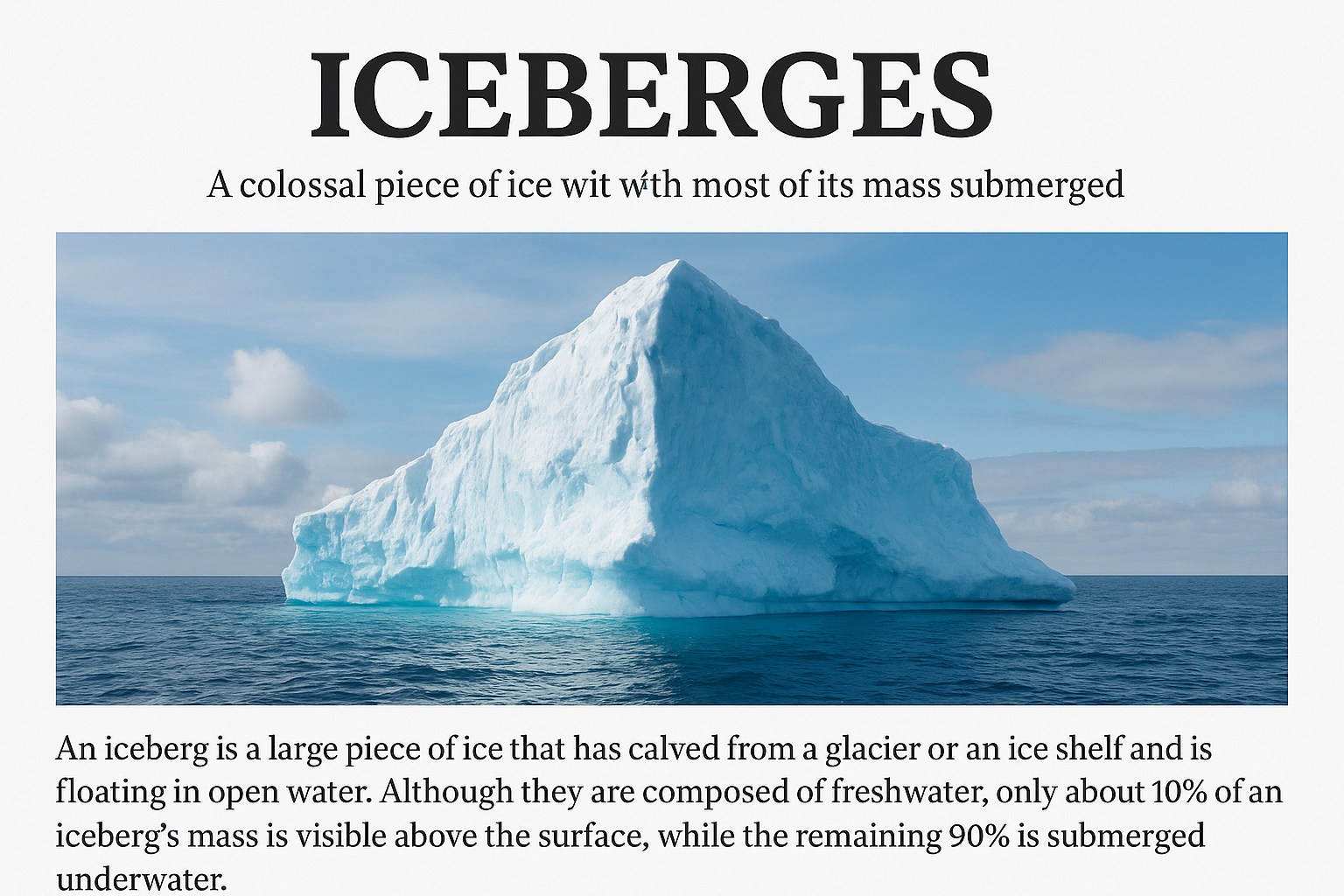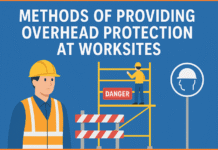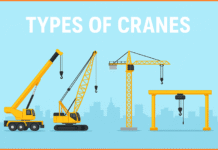Hazardous Area Classification
Area classification may be carried out by direct analogy with typical installation described in established codes, or by more quantitative methods that require a more detailed knowledge of the plant. The starting point is to identify source of release of flammable gas or vapour. These may arise from constant activities from time to time in normal condition or as the result of some unplanned event. In addition inside process equipment may be a hazardous area, if both gas/vapour and air are present, though there is no actual release.
Catastrophic failures such as vessel or line rupture are not considered by an area classification study. A hazard identification process such as a Preliminary Hazard Analysis (PHA) or a Hazard and Operability Study (HAZOP) should consider these abnormal events.
The most commonly used standard in the UK for determining area extent and classification is BS EN 60079 part 10, which has board applicability. The current version makes clear the direct link between the amounts of flammable vapour that may be released, the ventilation at that location, and the zone number. It contains a simple calculation relating the size of zone to a rate of release of gas or vapour, but it is not helpful for liquid releases, where the rate of vaporisation controls the size of the hazardous area.
Other sources of advice, which describe more sophisticated approaches, are the Institute of Petroleum Model Code of Practice (Area Classification Code for Petroleum Installations, 2002), and the Institution of Gas Engineers Safety Recommendations SR25, (2001). The IP code is for use by refinery and petrochemical type operations. The IGE code addresses specifically transmission, distribution and storage facilities for natural gas. Rather than gas utilisation plant, but some of the information will be relevant to larger scale users.
Zoning
Hazardous areas are defined in DSEAR as any place in which an explosive atmosphere may occur in quantities such as to require special precautions to protect the safety of workers. In this context special precautions is best taken as relating to the construction, installation and use of apparatus as given in BS EN 60079-10’.
Area classification is a method of analysing and classifying the environment where explosive gas atmosphere may occur. The main purpose is to facilitate the proper selection and installation of apparatus to be used safely in that environment, taking into account the properties of the flammable materials that will be present. DSEAR specifically extends the original scope of this analysis to take into account non-electrical sources of ignition and mobile equipment that creates an ignition risk.
Hazardous areas are classified into zones based on an assessment of the frequency of the occurrence and duration of an explosive gas atmosphere, as follows:
- Zone 0: An area in which an explosive gas atmosphere is present continuously or for long periods.
- Zone 1: An area in which an explosive gas atmosphere is likely to occur in normal operation.
- Zone 2: An area in which an explosive gas atmosphere is not likely to occur in normal operation and, if it occurs, will only exist for a short time.
Various sources have tried to place time limits on to these zones, but none have been officially adopted. The most common values used are:
- Zone 0: Explosive atmosphere for more than 1000h/year.
- Zone 1: Explosive atmosphere for more than 10, but less than 1000h/yr.
- Zone 2: Explosive atmosphere for less than 10h/yr, but still sufficiently likely as to require controls over ignition sources.
Where people wish to quantity the zone definitions, these values are the most appropriate, but for the majority of situations a purely qualitative approach is adequate.
When the hazardous areas of a plant have been classified, the reminder will be defined non-hazardous, sometimes referred to as ‘safe areas’.
The zone definitions take no account of the consequences of a release. If this aspect is important it may be addressed by upgrading the specification of equipment and controls. Over activities allowed with in the zone. The alternative of specifying the extent of zones more conservatively is not generally recommended as it leads to more difficulties which equipment selections. And illogicalities in respect of control over health effects from vapours assumed to be present. Where occupiers choose to define extensive areas as zone 1. The practical consequence could usefully be discussed during site inspection.
As an examples:
A proposal was made to zone and aircraft hanger as zone 1, although use of fuels handled above their flash point would be a rare event. It proved difficult to obtained a floor cleaning machine certified for zone 1 areas, through the floor needed sweeping regularly. The option of writing out and exceptions to normal instructions to allow a non ex-protected machine to be used regularly is not recommended. Instead a more realistic assessment of the zones is needed and special instructions issued for the rare event of using more volatile fuels.
A hazardous area extent and classification study involves due consideration and documentation of the following.
- The flammable materials that may be present.
- The physical properties and characteristic of each of the flammable materials.
- The source of potential releases and how they can form explosive atmospheres.
- Prevailing operating temperatures and pressures.
- Pressure, degree and availability of ventilation (forced and natural).
- Dispersion of released vapours to below flammable limits.
- The probability of each release scenario.
These factors enable appropriate selection of zone type and zone extent, and also of equipment. The IP code give a methodology for estimating release rates from small diameter holes with pressurised sources, and shows how both the buoyancy and momentum of the release influence the extent of a zone. It tabulates values for an LPG mixture, gasoline, natural gas, and refinery hydrogen for pressures up to 100 bars. Similarly the IGE code gives a methodology for natural gas, relating the leak rate to the hole-size and the operating pressure. The tables of dispersion distance to the zone boundary address in the main quite large diameter deliberate vents. There is in practice little overlap between the codes.
The result of this work should be documented in Hazardous area classification data sheets, supported by appropriate reference drawing showing the extent of the zones around (including above and below where appropriate) the plant item.
In electrical engineering an hazardous location is defined as a place where concentrations of flammable gases, vapour, or dusts may occur. Electrical equipment that must be installed in such locations is especially designed and tested to ensure it does not start an explosion, due to arcing contacts or high surface temperature of equipment.
For example a household light switch may emit a small, harmless visible spark when switching in an ordinary atmosphere this arc is of no concern, but if a flammable vapour was present, the arc might start an explosion. Electrical equipment intended for use in a chemical factory or refinery is designed either not to provide any sparks, or else to safely contain the arc and make sure it cannot ignite any explosive gases, vapours, or dusts that might be present around the equipment.
Many strategies exist for safety in electrical installations. The simplest strategy is to minimize the amount of electrical equipment installation in a hazardous area, either by keeping the equipment out of the area altogether or by making the area less hazardous by process improvements or ventilation with clean air. Intrinsic safety is a practice where apparatus is designed with low power levels and low stored energy, so that a fault is unlikely to set off an explosion. Equipment enclosures can be pressurized with clean air, and interlocked so that the equipment is disconnected if the air supply fails. Or, arc-producing elements of the equipment can be isolated from the surrounding atmosphere by encapsulation, immersion in oil, sand or by sturdy enclosures that prevent propagation of an internal explosion to the surrounding atmosphere.
As in most field of electro technology, different countries have approached the standardization and testing of equipment for hazardous areas in different ways. As world trade becomes more important in distribution of electrical products international standards are slowly converging so that a wider range of acceptable techniques can be approved by national regulatory agencies.
Soon after the introduction of electric power into coal mines, it was discovered that lethal explosions could be touched off by electrical equipment such as lighting, signals, or motors The hazard of the damp or methane accumulation in mines was well known by the time electricity was introduced, along with the danger of suspended coal dust. However, at least two British mine explosions were attributed to an electric bell signal system. In this system, two bare wires were run along the length of a drift, and any miner desiring to signal the surface would momentarily touch the wires to each other or bridge the wires with a metal tool. The inductance of the signal bell coils, combined with breaking of contacts by exposed metal surfaces, resulted in Sparks which could ignite methane, causing an explosion.
In an industrial plant such as a refinery or chemical factory, handling of large quantities of flammable liquids and gases creates a risk of leaks. In some cases the gas, vapour or dust is present all the time or for long periods. Other areas would have a dangerous concentration of flammable substances only during process upsets, maintenance, or during an accident. Refineries and chemical complexes are then divided into areas of risk of release of gas, vapour or dust known as zones. The process of determining the type and size of these hazardous areas is called area classification. Guidance on assessing the extent of gas zones is given in the current edition of IEC 60079.10. For hazardous dusts, the guiding standard is IEC 61421.10.
Typical gas hazards are from hydrocarbon compounds.
Safe area
A domestic domain such as a house would be classed as safe area where the only risk of a release of explosive or flammable gas would be the propellant in an aerosol spray. The only explosive or flammable liquid would be paint and brush cleaner. These are classed as very low risk of causing an explosion and are more of a fire risk (although on rare occasions gas explosions in domestic property are known to occur). Safe areas on chemical and other plant are present where the hazardous gas is diluted to a concentration below 25% of its lower flammability limit (or lower explosive limit (LEL)).
Zone 2 area
This is a step up from the safe area. In this case it has been decided that in this zone the gas, vapour or mist would only be present under abnormal conditions (most often leaks under abnormal conditions). As a general guide, unwanted substances should only be present under 10 hours/year or 0-0.1% of the time. Explosion safety compliant equipment should be used.
Zone 1 area
These areas are where special or classified electrical equipment must be used it is expected that the gas, vapour or mist will be present or expected to be present for long periods of time under normal running. As a guide this can be defined as 10-1000 hours/year or 0. 1-10% of the time. Explosion safety equipment that has a higher safety level than Zone 2 equipment must be used
Zone 0 area
This is the worst scenario as gas or vapour is present all of the time (over 1000 hours/year or >10% of the time) Although this IS the worst case it is very rare that a zone 0 area will be m the open Usually this would be the vapour space above the liquid 1n the top of a tank or drum.
Zones (dusts)
In the case of dusts there is still a chance of explosion. An old system of area classification to a British standard used a system of letters to designate the zones. This has been replaced by a European numerical system, as set out in directive 1999/92/EU implemented in the UK as the Dangerous Substances and Explosives Atmospheres Regulations 2002
The boundaries and extent of these three dimensional zones should be decided by a competent person. There must be a site plan drawn up of the factory with the zones marked on.






Good evening sir
Please you can provide me list of major flammable gas in sequence from highly flammable to low(like- methane, propane, butane , hydrogen, acetylene etc.)
Hotel proprtiaj noat meneajend follow safety
Rule meneaj mead engg dipardmet escuss riply
# Time veast safety officer properly trenig brriff
Staff
#proparli equipment use bat teaming noad time
Menejmeant
I am so much obliged to you.it helps me to enhance my safety knowledge.
May God bless you.
Thank you